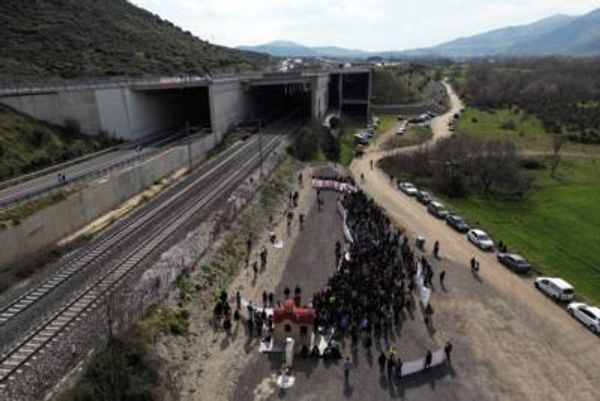The cultivation of groundnut in the State has been decreasing in the State for the last few years despite growing demand for oilseed crops.
According to a top official in the Agriculture Department, farmers used to cultivate groundnut in 10.13 lakh hectares in the State during 2016-17 and its previous years. The cultivation had come down to 7.35 lakh hectares in 2017-18, and has been shrinking since then. The cultivation touched 6.6 lakh hectares by 2019-20. The groundnut cultivation picked up b 2021-22 and touched 8.25 lakh hectares, but the “majority of farmers are not keen” to go back to groundnut.
The sowing operations show a grim picture of groundnut cultivation for this year. “The target for this year is 7.30 lakh hectares of groundnut cultivation in the State. But the sowing is taken up in only 75% of the area targeted till date,” the source says.
Agriculture officials and experts say that the groundnut cultivation has been in a decline due to deficit and erratic rains in rainshadow areas like Anantapur. The groundnut cultivation is high in Anantapur district and other parts of Rayalaseema region. The farmers are worried about the losses in the event of erratic rains.
The production of groundnut was 6.03 lakh metric tonnes during 2016-17, and it has come down to 5.15 lakh metric tonnes by 2021-22. The yield was 3083 kg per hectare in 2016-17 and slipped to 625 kg per hectare in 2021-22.
“The farmers are unable to achieve the desired yields or price for their produce due to various factors including weather conditions, which is compelling them to shift to other commercial crops,” says an expert at Acharya NG Ranga Agricultural University.
Farmers are suggested to cultivate groundnuts only in June and July and not later. This year, there is an extended summer and delay in monsoon which impacted cultivation. Farmers were scared of incurring losses if they took up groundnut as there were erratic rains. They would have invested more than ₹6,400 per acre on seed alone. Again, the cost of tilling, fertilizer, etc. would take up the initial investment to more than ₹10,000 per acre. Hence, the cultivation is dwindling, said an expert.







